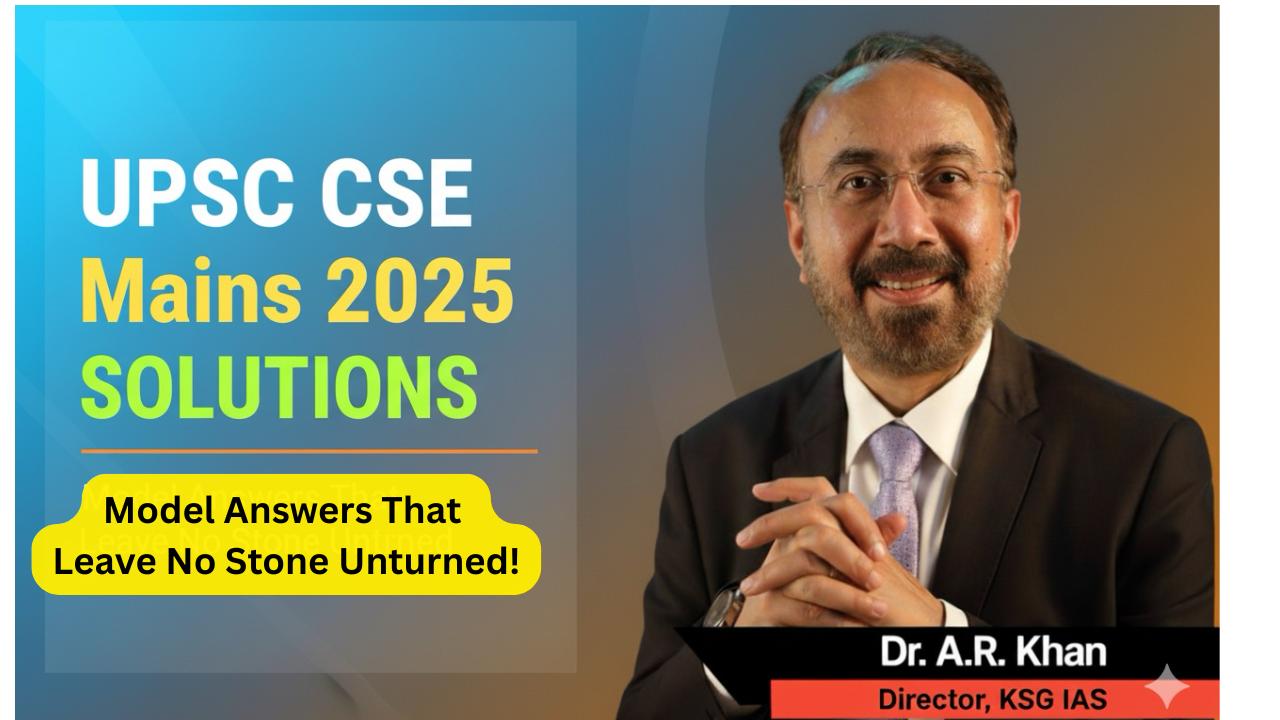Q. Trace India’s consolidation process during early phase of independence in terms of polity, economy, education and international relations.
Possible Introductions
Contextual intro
India’s independence in 1947 came with challenges of partition, poverty, illiteracy, and fractured polity. Yet, under visionary leadership, India consolidated itself across political, economic, educational, and diplomatic fronts.
Philosophical intro
As Jawaharlal Nehru said in his “Tryst with Destiny” speech, India’s independence was not just about freedom, but about building a nation. The early decades laid the foundation of India’s democratic polity, mixed economy, mass education, and non-aligned diplomacy.
Fact-based intro
Between 1947–1964, India undertook monumental nation-building initiatives — from the Constitution (1950) to the Five-Year Plans, University Grants Commission (UGC, 1956), and the Non-Aligned Movement (1961).
Directive Analysis
“Trace” → requires a chronological-cum-thematic mapping of developments in polity, economy, education, and international relations.
Main Body
1. Polity (Political Consolidation)
-
- Constitution (1950): Democratic, secular, republican framework.
- Integration of States: Sardar Patel & V.P. Menon → 565 princely states merged through diplomacy, force (Hyderabad, Junagadh, Kashmir).
- Linguistic Reorganization (1956): State Reorganisation Act consolidated linguistic aspirations.
- Democratic Institutions: Universal adult suffrage, Election Commission (1950), first general elections (1951–52).
2. Economy (Economic Consolidation)
-
- Mixed Economy Model: Inspired by Nehru-Mahalanobis framework.
- Planning: Planning Commission (1950); First Five-Year Plan (1951–56) → agriculture & irrigation; Second Plan (1956–61) → industrialization.
- Public Sector Expansion: Steel plants, dams, heavy industries as “temples of modern India.”
- Land Reforms: Abolition of zamindari, tenancy reforms to address agrarian inequities.
3. Education (Social Consolidation)
-
- Expansion of Schooling: Emphasis on universal primary education.
- Higher Education Institutions: IIT Kharagpur (1951), AIIMS (1956), IIM Calcutta & Ahmedabad (1961).
- UGC (1956): Strengthened higher education system.
- Adult Literacy: National campaigns for literacy and vocational training.
- Scientific Temper: CSIR labs, DRDO, ISRO’s precursor INCOSPAR (1962).
4. International Relations (Diplomatic Consolidation)
-
- Non-Aligned Movement (NAM): Advocated independent foreign policy amidst Cold War.
- Neighbourhood Policy: Accession of Kashmir (1947), conflict with Pakistan (1947–48).
- China Relations: “Hindi-Chini Bhai Bhai” → broken by 1962 war.
- Global Role: Bandung Conference (1955), championing decolonization and Afro-Asian solidarity.
- Peace Advocacy: Opposition to apartheid, nuclear disarmament advocacy at UN.
Sweet Spot – Table
| Dimension | Key Steps | Impact |
|---|---|---|
| Polity | Constitution, state integration, linguistic reorganisation | Unity in diversity |
| Economy | Five-Year Plans, land reforms, PSUs | Industrial base, agrarian stability |
| Education | IITs, UGC, scientific institutions | Human capital, modern outlook |
| IR | NAM, Bandung, UN role | Strategic autonomy, global respect |
Possible Conclusions
Balanced
The early post-independence phase was crucial in transforming India from a fractured colony into a consolidated democracy with economic planning, educational expansion, and an independent foreign policy.
Philosophical
As Granville Austin observed, the Indian Constitution became the “cornerstone of nation-building,” integrating diverse social, economic, and political goals.
Policy-linked
These early steps laid the groundwork for later milestones — Green Revolution (1960s), space program (1970s), and economic liberalization (1991).
Forward-looking
India’s consolidation in its formative years proved that a diverse, poor, post-colonial nation could embrace democracy, development, and diplomacy simultaneously.

